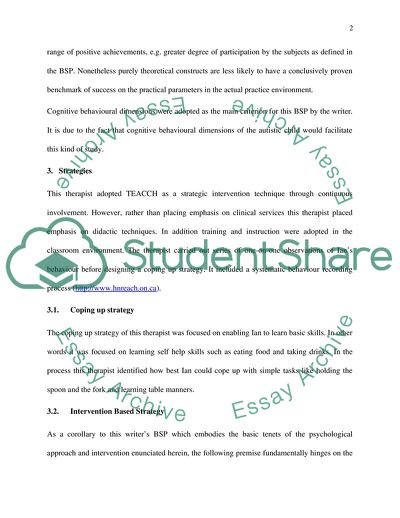Cite this document
(Behavior Support Program Case Study Example | Topics and Well Written Essays - 2000 words, n.d.)
Behavior Support Program Case Study Example | Topics and Well Written Essays - 2000 words. Retrieved from https://studentshare.org/social-science/1743784-behaviour-support-program
Behavior Support Program Case Study Example | Topics and Well Written Essays - 2000 words. Retrieved from https://studentshare.org/social-science/1743784-behaviour-support-program
(Behavior Support Program Case Study Example | Topics and Well Written Essays - 2000 Words)
Behavior Support Program Case Study Example | Topics and Well Written Essays - 2000 Words. https://studentshare.org/social-science/1743784-behaviour-support-program.
Behavior Support Program Case Study Example | Topics and Well Written Essays - 2000 Words. https://studentshare.org/social-science/1743784-behaviour-support-program.
“Behavior Support Program Case Study Example | Topics and Well Written Essays - 2000 Words”. https://studentshare.org/social-science/1743784-behaviour-support-program.


